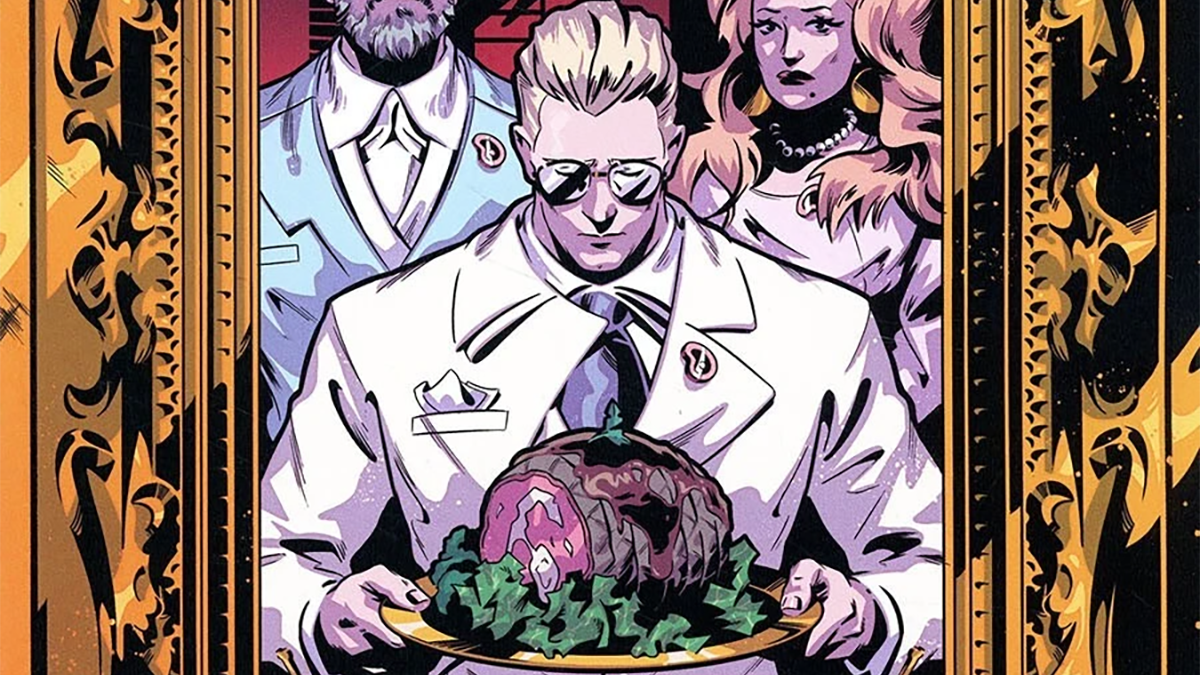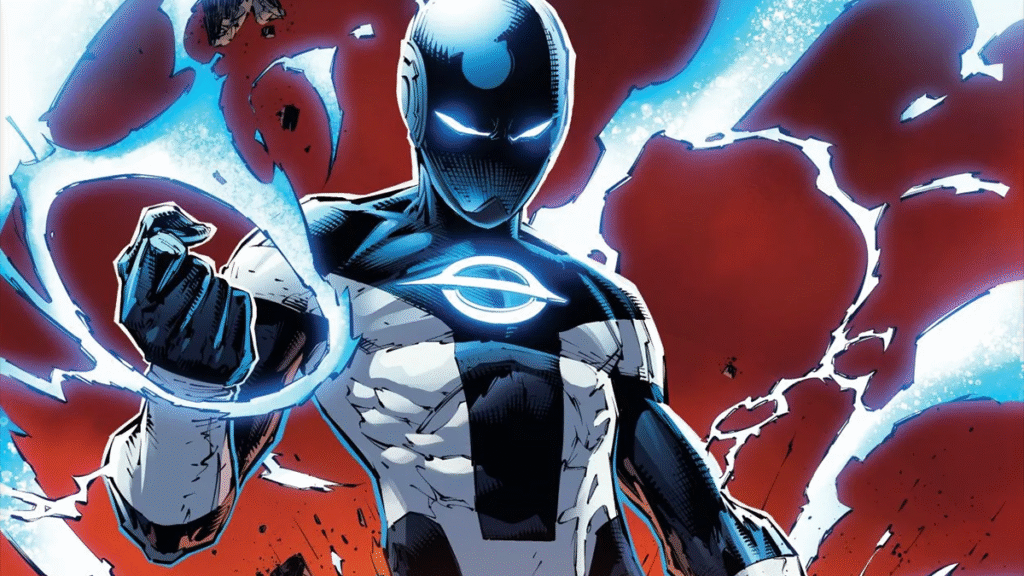Why Eat the Rich Feels Built for the Screen: Horror’s Latest Take on the 1%

If you’ve been paying attention to the streaming horror boom—Get Out, The Menu, Ready or Not—you already know we’re living in the golden age of class-based horror. And right in the center of that rising tide sits BOOM! Studios’ Eat the Rich, a five-issue comic that blends biting social commentary with cinematic precision. It reads less like a graphic novel and more like a storyboarding treatment for an HBO mini-series. It’s short, stylish, and ruthlessly modern.
A Comic That Screams “Adapt Me”
From its self-contained arc to its moody visuals and premise-driven horror, Eat the Rich feels designed for the screen. Writer Sarah Gailey crafts a tightly wound narrative about a young woman stepping into a world of polished estates, generational wealth, and sinister tradition. Artist Pius Bak renders that world with cold elegance—a perfect match for today’s prestige horror aesthetic.
It’s not just well-paced; it’s digestible. The comic doesn’t meander or world-build beyond its lane. That lean format makes it ideal for a single-season adaptation: strong hook, high tension, and a disturbing reveal that practically begs for the “skip intro” button on episode two.
The American Dream, Butchered
Beneath its glossy horror veneer, Eat the Rich cuts deep into American mythmaking. This isn’t just about the grotesque appetites of the elite—it’s about what the lower classes are willing to excuse or absorb just to belong. The book doesn’t just vilify the rich; it implicates everyone who benefits from their table scraps.
In that way, it echoes the best of modern class horror: offering moral discomfort with your jump scares. Like its genre peers, it’s not afraid to ask, “What would you tolerate for access?” And the answer is rarely flattering.
When the Last Course Leaves You Hungry
Still, for all its sharp setup and cinematic flow, Eat the Rich stops just short of being fully satisfying. Its finale hits fast and hard—but doesn’t linger. There’s a sense that the themes could have gone further, that the psychological toll deserved more space. Like a tasting menu with a missing entrée, it ends just when your appetite is peaking.
That doesn’t take away from its impact. If anything, it reinforces how well-tailored it is for adaptation. The bones are solid, the flavor is strong, and there’s room to expand. In a media landscape hungry for horror with bite, Eat the Rich is practically plated and ready.




